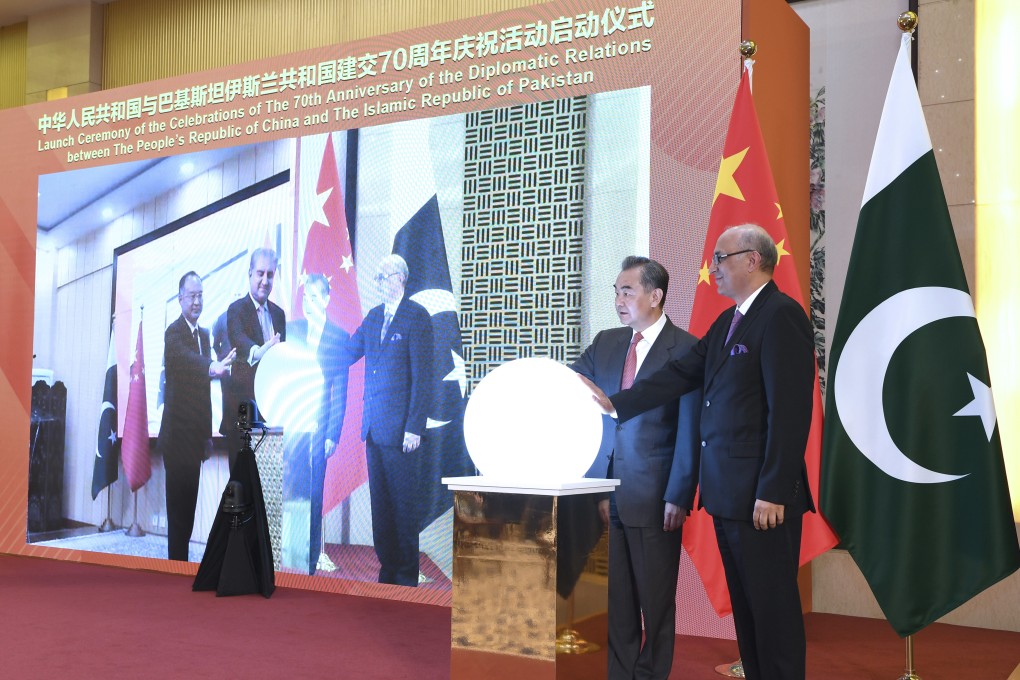Opinion | Belt and Road Initiative: China’s rosy picture is at odds with realities on the ground during Covid-19
- Foreign Minister Wang Yi and others have sung the praises of the initiative and promoted its goal of improving cross-border flows of people and goods
- The reality during the pandemic has been different, though, with China’s neighbours and partners frustrated by border closures, and goods facing lengthy delays

While the initiative as articulated by Wang is focused on infrastructure development, China has repeatedly highlighted how infrastructure is only the first pillar of the broader vision. Longer-term, the strategy is intended to be a vision for trade and economic flows around the world.
During a “high-level video conference on belt and road cooperation”, held last June, Wang spoke of a desire to “discuss the establishment of fast-track lanes for cross-border flows of people and goods with belt and road partners”.
Talk to haulers or traders in Central Asia, though, and the picture during the past year has been very different. Last December, the bottlenecks at Kazakh-Chinese rail borders became so bad that a reported 7,000 containers were stuck waiting to cross, with delays stretching to more than a month because of restrictions on the Chinese side.
In his meeting last week with Chinese Ambassador to Bishkek Du Dewen, Kyrgyzstan Prime Minister Ulukbek Maripov made the latest official plea for China to open its border. Du has held numerous meetings with various Kyrgyz officials since the new government came in, and the question of reopening and speeding up border crossings has been repeatedly brought up, to no avail.
